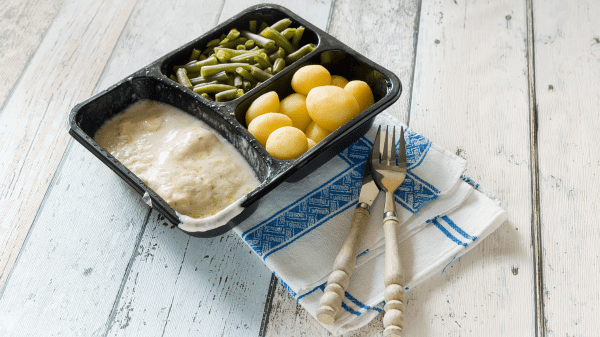The April 15 issue of The Economist paints a bright picture of the American processed food industry.
In a poor year for stock prices, major producers of processed foods have seen handsome returns, such as Conagra (Orville Redenbacher’s popcorn, Bird’s-Eye frozen vegetables, Duncan Hines cake mixes), whose share price has risen 8 percent over the past year. General Mills’ share price (canned soups, frozen vegetables, breakfast cereals) has shot up an amazing 23 percent over the same period.


One possibility, as The Economist notes, is that “the pandemic may have altered consumer habits, leading to a lasting bump in the consumption of frozen packaged meals.”
The food giants have paid careful attention to shifting consumer tastes, offering such items as crustless pizzas. Conagra’s “vegan Power Bowls seem tailor-made to the avocado-loving yoga crowd.”
Curiously, considering the source, The Economist doesn’t address the economic reasons for the burgeoning of processed foods, except to say that consumers “are still happy to pay a bit extra for premium grub; 20- and 30-somethings in particular seem ready to spend larger shares of their income on food.”
Yet I believe the most important cause of the burgeoning of the processed foods category is economic: you must include the cost of your labor when purchasing food.
Yes, processed food is, ounce per ounce, more expensive—sometimes much more expensive—than the homemade variety. It’s more likely to have additives of questionable safety, nutrition, and value, and it’s almost certain to be laced with sodium. But consider this.
Say you are making $15 an hour. You go home and cook a meal from scratch; it takes about an hour. The cost of that meal, in real terms, must include the $15 of your labor that you have invested. Suddenly processed food is starting to look like a good deal.
Of course, practically nobody thinks this way consciously—but they act this way. To this cost let us add what we may call the hassle factor: if you have just come back from eight hours on the retail floor, dealing with customers who are nice or maybe not so nice, you are not likely to want to spend another hour on the kitchen floor cooking.
I believe that this explanation brings the current state of the food industry into clearer focus.
One dismaying detail for produce: “Nearly three in four consumers . . . do not carefully distinguish frozen vegetables from the fresh sort, treating them as the same category.”
Fresh fruits and vegetables still enjoy enormous advantages: they are tasty and universally acknowledged to be healthy. They also offer aesthetic appeal. Nobody is going to put a vegan Power Bowl in the center of their dining room table as a decorative feature.
So, none of the above should be taken as a message of doom for the produce industry. But it is one tile in a complex mosaic of factors that people in the business need to grasp.



